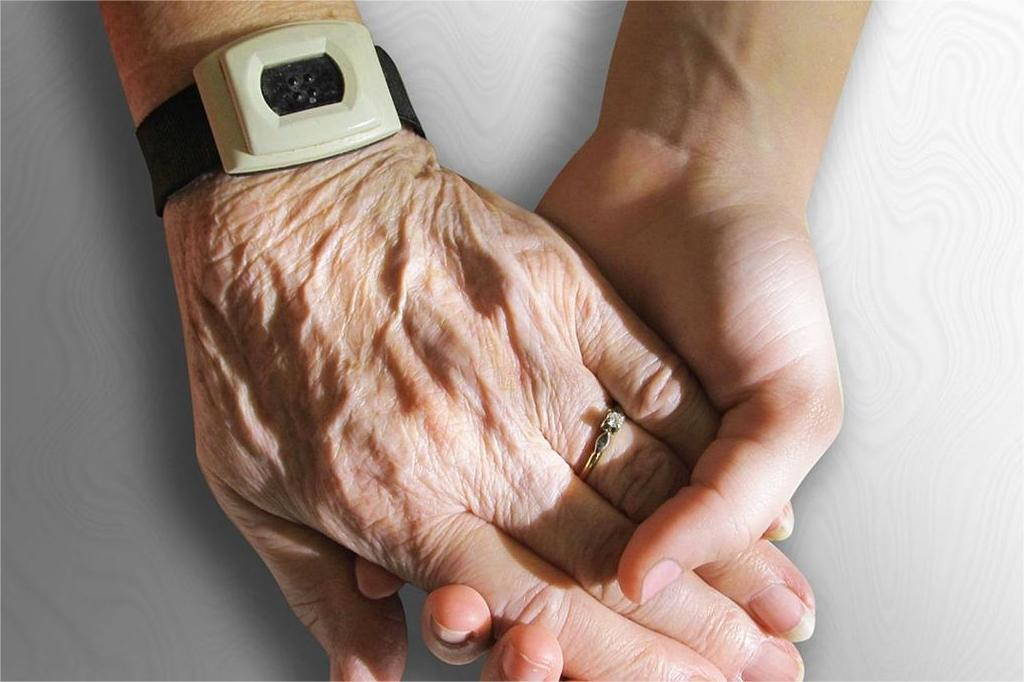When it comes to breathing clean air, oxygen plays an important role in our health. Oxygen levels measure the amount of oxygen present in the atmosphere and are a major factor influencing human physiological performance. Unfortunately, low levels of oxygen are increasingly becoming an environmental problem that should not be ignored.
Recent studies suggest that many areas around the world have poor air quality due to various pollutants including toxic gases, which can contribute to dangerous levels of oxygen deficiency. In this blog post we'll explore what happens when your body is deprived of adequate amounts of oxygen as well as examine possible solutions for improving atmospheric conditions overall. Read on to learn more about how low-oxygen levels can affect your physical and mental health!
1. What Are Low-Oxygen Levels and What Causes Them?
Low oxygen levels, or hypoxia, can refer to a number of conditions that occur when the body doesn't get enough oxygen. The most common cause of hypoxia is a decrease in the amount of oxygen in the air, but it can also be caused by problems with the lungs or heart. When the body doesn't get enough oxygen, it can lead to a number of problems, including brain damage, heart attack, and death.
There are a number of things that can cause low oxygen levels, including exposure to high altitudes, smoke inhalation, and respiratory diseases. Low oxygen levels can also be a sign of a medical emergency, such as a heart attack or stroke. If you experience any of the following symptoms, it's important to seek medical help right away: shortness of breath, chest pain, confusion, and fainting.
If you're at risk for low oxygen levels, there are a few things you can do to help prevent them. You can avoid smoking and exposure to secondhand smoke, stay away from high altitudes if possible, and seek medical help if you experience any symptoms. It's also important to get regular checkups and make sure your doctor knows about any respiratory diseases you have.
2. The Dangers of Low-Oxygen Levels
When it comes to the dangers of low-oxygen levels, there are a few things that people need to be aware of. For one, low oxygen levels can cause a person to feel lightheaded and dizzy. This is because when there isn't enough oxygen in the blood, it can't circulate properly throughout the body. Not only can this make you feel lousy, but it can also increase your risk for falls and other accidents.
In addition, low oxygen levels can also have a harmful effect on the brain. This is because the brain needs a good supply of oxygen in order to function properly. When there isn't enough oxygen in the brain, it can lead to problems with thinking, learning new things, and memory recall. In severe cases, low oxygen levels can even lead to a coma or death.
3. How to Prevent Low-Oxygen Levels from Affecting You
So what can you do to prevent low oxygen levels? First and foremost, you should always make sure to get enough exercise. Exercise helps improve the overall efficiency of the heart and lungs, which means that they will be able to pump more blood and oxygen around the body. You should also try to avoid smoking and drinking alcohol, as both of these things can reduce the amount of oxygen that your body receives. If you are in a plateau area, you can carry a portable oximeter to measure your blood oxygen and heart rate at any time to ensure that you can keep abreast of your important body indicators. Finally, make sure to check with your doctor if you have any concerns about your oxygen levels.
4. How to Improve Air Quality in Your Area
Air quality is a huge issue that many people don't think about until it's too late. Poor air quality can cause all sorts of health problems, both short and long term. It's important to take some simple measures to improve the air quality in your area, whether it's your home, your workplace, or your community.
One of the simplest things you can do is reduce your use of polluting fuels. If you're using a gas stove, for example, try cooking with a microwave instead. You can also switch to energy-efficient appliances, which will help reduce the amount of pollution your home produces.
You can also take steps to improve air quality outdoors. Planting trees and other plants can help clean the air, and installing a rain barrel can help reduce runoff pollution. You can also walk or bike instead of driving, or take public transportation when possible.
The bottom line is that we all need to do our part to improve air quality. By making some small changes in our everyday lives, we can make a big difference in the quality of the air we breathe.
5. Conclusion
Low-oxygen levels are dangerous and can be very serious. It is important to be aware of your surroundings and the air quality around you. If you do experience any symptoms associated with low-oxygen levels, it is important to contact your physician or seek medical attention as soon as possible. The oximeter can also play a very important role in daily monitoring.
There are a few measures that can be taken at home to help prevent these levels from occurring, such as using air purifiers, avoiding exposure to air pollution or smog, and ensuring proper ventilation in the home.
WRITTEN BY VIBEAT
Related Blogs
Recommended Products





